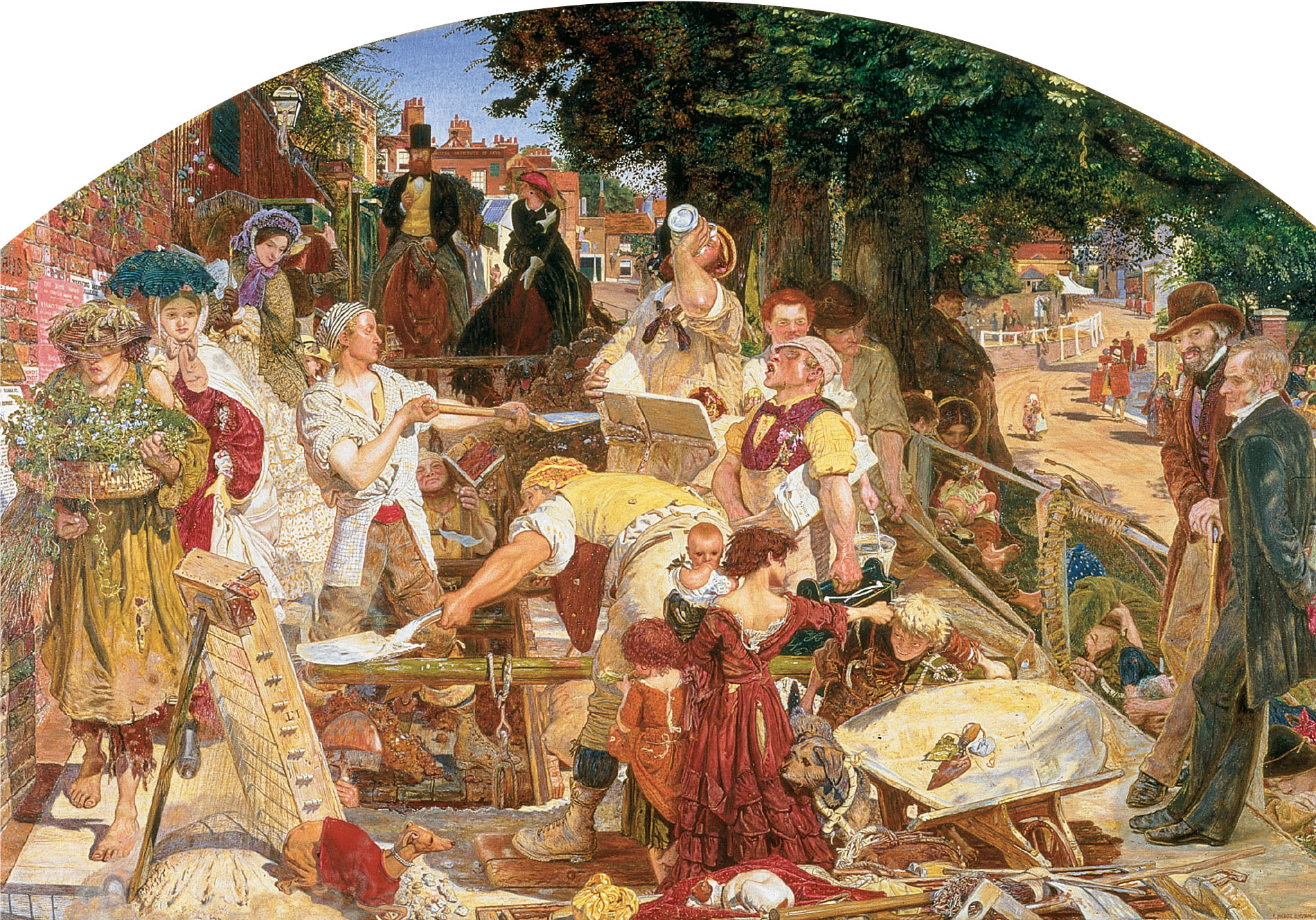A History of World Societies:
Printed Page 707
A History of World Societies Value
Edition: Printed Page 714
Chapter Chronology
The New Class of Factory Owners
Early industrialists operated in a highly competitive economic system. As the careers of James Watt and Fritz Harkort illustrate, there were countless production problems, and success and large profits were by no means certain. Manufacturers therefore waged a constant battle to cut their production costs and stay afloat. Much of the profit had to go back into the business for new and better machinery.
Most early industrialists drew upon their families and friends for labor and capital, but they came from a variety of backgrounds. Many, such as Harkort, were from well-established merchant families with rich networks of contacts and support. Others, such as Watt, Wedgwood, and Cockerill, were of modest means, especially in the early days. Artisans and skilled workers of exceptional ability had unparalleled opportunities. Members of ethnic and religious groups who had been discriminated against in the traditional occupations controlled by the landed aristocracy jumped at the new chances and often helped each other. Scots, Quakers, and other Protestant dissenters were tremendously important in Britain; Protestants and Jews dominated banking in Catholic France.
As factories and firms grew larger, opportunities declined, at least in well-developed industries. It became harder for a gifted but poor young mechanic to start a small enterprise and end up as a wealthy manufacturer. Expensive, formal education became more important for young men as a means of success and advancement. In Britain by 1830 and in France and Germany by 1860, leading industrialists were more likely to have inherited their well-established enterprises, and they were financially much more secure than their struggling parents had been.

Picturing the PastFord Maddox Brown, Work This midcentury painting provides a rich and realistic visual representation of the new concepts of social class that had become common by 1850. (Birmingham Museums and Art Gallery, Birmingham, UK/The Bridgeman Art Library)ANALYZING THE IMAGE Describe the different types of work shown. What different social classes are depicted, and what kinds of work and leisure are the members of the different social classes engaged in?CONNECTIONS What does this painting and its title suggest about the artist’s opinion of the work of common laborers?
Just like working-class women, the wives and daughters of successful businessmen also found fewer opportunities for active participation in Europe’s business world. Rather than contributing as vital partners in a family-owned enterprise, as so many middle-class women had done before, these women were increasingly valued for their ladylike gentility. By 1850 some influential women writers and most businessmen assumed that middle-class wives and daughters should steer clear of work in offices and factories. Rather, a middle-class lady was expected to concentrate on her proper role as wife and mother, preferably in an elegant residential area far removed from ruthless commerce and the volatile working class.
